100% Fit: Chinese Intangible Heritage Velvet Flowers & Hanfu

I. What is Ronghua?
Ronghua (绒花, it means Velvet Flowers in English), whose name is a homophone for “prosperity and glory” in Chinese, implies good luck and blessings. Complementing the charm of Hanfu, Ronghua is made from natural silk and copper wire. Ronghua is made from natural silk and copper wire and was mostly used in folk festivals and for ceremonial decorations in the old days. The themes, meanings, and shapes of Ronghua are mostly drawn from symbols of good fortune in people’s daily lives, expressing the wish for good luck and all things going smoothly. In Ladies with Head – ornaments (《簪花仕女图》) by Zhou Fang, the women in the painting have high – coiled hair and wear flower – shaped hairpins, looking as beautiful as fairies from a dreamy and ethereal world. However, the origin of the Ronghua craftsmanship cannot be accurately traced. It is said that during the reign of Empress Wu Zetian, velvet flower handicrafts from the south were already listed as tributes to the royal family.

Perhaps due to the urgency of promoting and protecting Ronghua (velvet flowers), in Chinese domestic film and television dramas, the hairstyles with flower hairpins used to feature jade hairpin flowers and silk flowers quite popularly… Now, without exception, they have all become hairstyles with Ronghua hairpins.
II. The Custom of Wearing Ronghua Hairpins
The custom of wearing various kinds of “flowers” is closely related to the Chinese people’s love for flowers and the fondness of wearing flower hairpins. However, fresh flowers have a very short blooming period. Even if worn for just half a day, they will wither under the sun. Moreover, the colder the weather is, the fewer varieties of flowers there are that can be worn as hairpins. Therefore, the art of making artificial flowers has been one of the most important skills throughout history. The custom of wearing flower hairpins can be traced back to the Qin Dynasty at the earliest. In Records of Ancient and Modern China (《中华古今注》), it was recorded that Emperor Qin Shi Huang asked his concubines to “wear five – colored tongcao flowers”. It is speculated that tongcao (通草) was one of the materials for making artificial flowers, and these flowers were also called “tongcao flowers”.
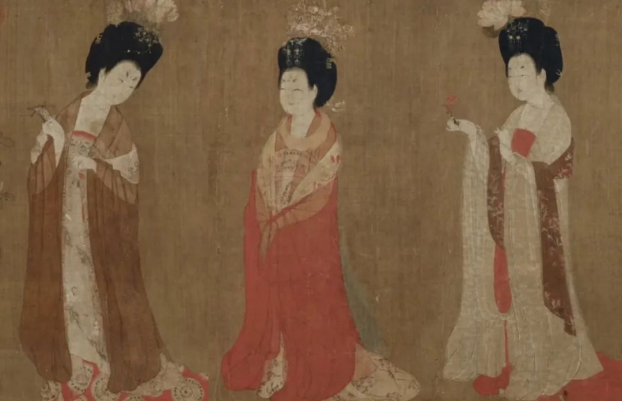
“The mountain flowers are inserted in the precious hairpins, and the China pink are embroidered on the silk clothes.” The custom of wearing flower hairpins was also prevalent during the Tang and Song dynasties.
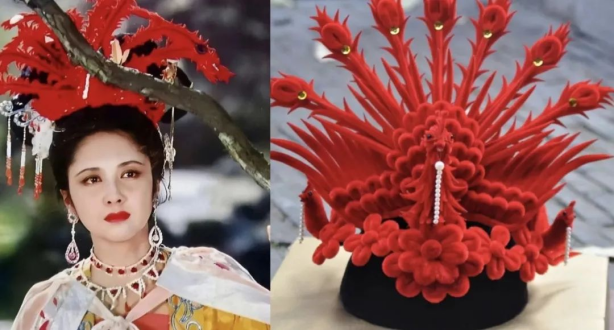
In the Ming Dynasty, the production of Ronghua had reached a considerable scale, and there were specialized workshops. This was somewhat related to the development of Nanjing Yunjin at that time. During the production of Yunjin (云锦), a large amount of silk waste was generated, which provided the material conditions for the rise and development of the Ronghua production craftsmanship.
At that time, the Imperial Workshops in the imperial court recruited skilled craftsmen from Yangzhou and Nanjing to the capital to make Ronghua specifically for the imperial court. As a result, Ronghua was also called “imperial flower”. Every year, the Imperial Workshops submitted a large number of “velvet talismans” and “velvet flowers”. Especially on the eve of festivals such as the Spring Festival, the Dragon Boat Festival, and the Double Ninth Festival, the production of velvet flowers and talismans would be increased. In the chapter “Zhou Rui (周瑞) Delivers Imperial Flowers and Sighs over Xiangling” in Dream of the Red Chamber, it is recorded that “There are twelve newly – designed flowers made of piled – up gauze from the palace”, which refers to Ronghua.
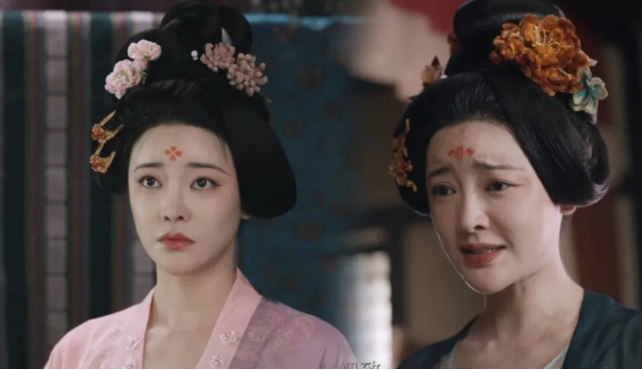
This popular trend also spread to the common people. In folk traditions, there is a custom of using Ronghua for hanfu decoration during “one event and three festivals” (one event: weddings and happy occasions; three festivals: the Spring Festival, the Dragon Boat Festival, and the Mid – Autumn Festival). People use them to pray for good fortune, drive away evil spirits, and because of the homophone “ronghua” (prosperity and glory), they are used to express wishes for good luck. This custom has been passed down to modern times.

III. Differences and Details of Ronghua
Historically, Ronghua was popular in places like Beijing, Tianjin, Nanjing, and Yangzhou. There are slight differences in the production techniques, the names of the production processes, and the color usage of Ronghua in different regions. Southern Ronghua uses colors boldly, being bright and eye – catching. In contrast, Beijing Ronghua, influenced by the color preferences of the imperial court, mostly uses bright red, and other colors are also mainly of a steady and solemn tone.
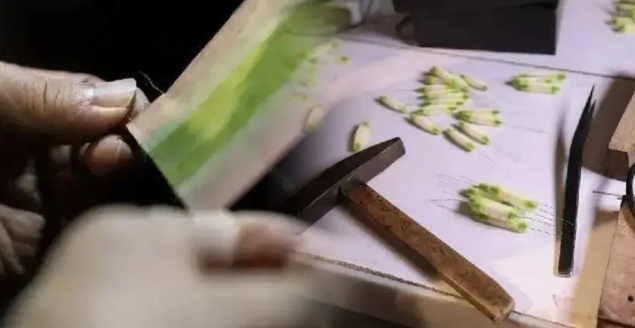
Whether it’s Southern Ronghua or Northern Ronghua, the themes are all taken from patterns with auspicious meanings. For example, in Southern Ronghua, the combination of Buddha’s hand (a type of citrus fruit) and peaches is used to express “both good fortune and longevity”. The combination of peonies and fish implies “abundant wealth and surplus”. In Northern Ronghua, there are characters directly expressing “fortune”, “emolument”, “longevity”, and “happiness”. There are also patterns like gourds, Buddha’s hands, peaches, pomegranates, persimmons, lilies, and lotus flowers, which are used to convey good wishes.
During the Qing Dynasty, Nanjing Ronghua was once offered as a tribute to the imperial court. During the reigns of Emperor Kangxi and Emperor Qianlong, the production of Nanjing Ronghua reached its peak, and the products were sold all over the place. During the Cultural Revolution, the production of Ronghua was halted as it was regarded as part of the “Four Olds” (old ideas, old culture, old customs, and old habits). After the end of the Cultural Revolution, the production of Ronghua gradually resumed. Ronghua has experienced a period of decline until now.
However, through its appearance in TV dramas, the Winter Olympics, and other international events, it has returned to the public eye. Originally, Ronghua was mostly made from silk scraps and red copper wires. The unique handicraft of Ronghua cannot be replicated by machines. Even for the simplest flower shape, it requires a complex “ten – step process” and takes a full two days to complete.
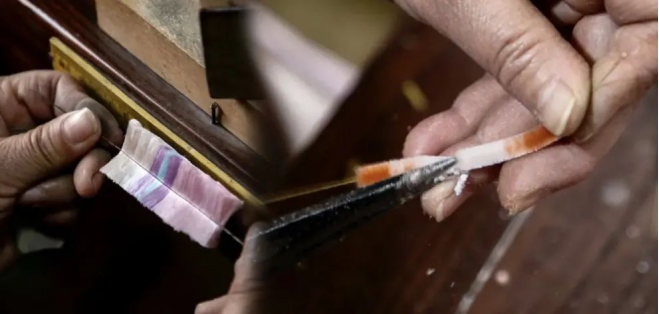
Nowadays, there are various inexpensive substitute materials, which has lowered the threshold for making Ronghua. As a result, Ronghua appears more frequently in the public’s view when it comes to flower – wearing. This is beneficial for the promotion of Ronghua itself. However, these materials still cannot cover the high labor costs of the meticulous craftsmanship. There is still a long way to go in balancing craftsmanship and marketization.
Summary
At the Paris Fashion Week, Dior’s 2024 new – style brimless caps incorporated the Chinese Ronghua craftsmanship. The vibrant, three – dimensional Ronghua once a crowning glory on traditional Chinese clothing has now transcended its traditional context. Its ingenious combination with woolen hats showcases the collision between tradition and modernity, injecting a sense of fashion into Ronghua and making it shine on the international stage.
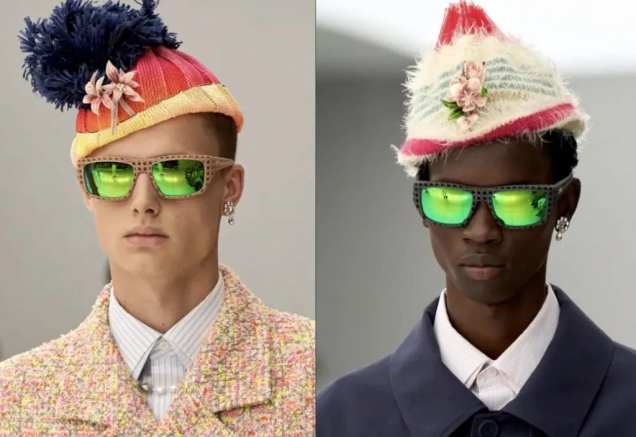
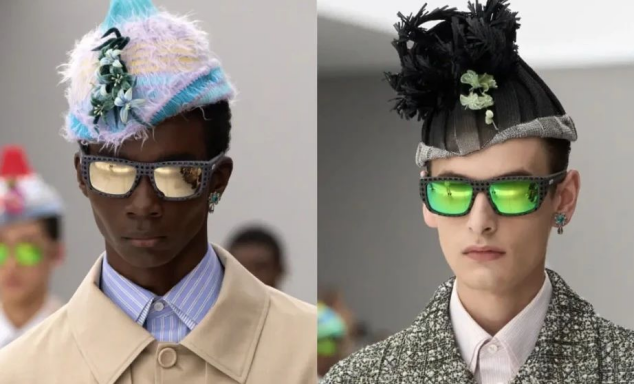
Nowadays, various big – name brands around the world are adopting Chinese elements, which has made us more determined to learn and make good use of Ronghua, this Chinese element. We hope that in the future, Ronghua can follow the aesthetic preferences of young people and be combined with popular colors, allowing these intangible cultural heritage items to bloom in our daily lives and truly become fashionable items for modern people. We also hope that there will be more Ronghua styles available for consumers like us to match with our Hanfu.
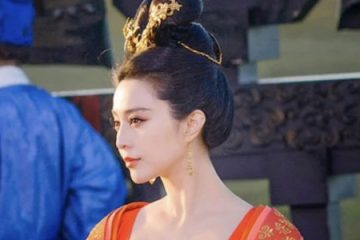
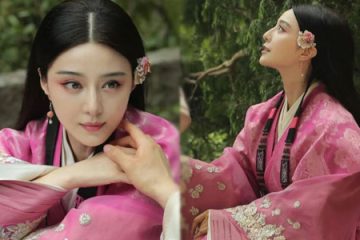
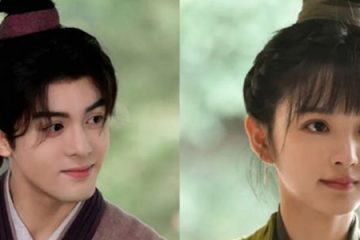
0 Comments